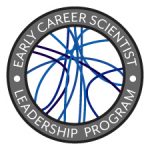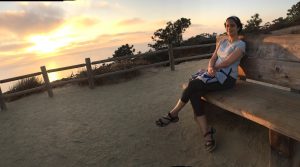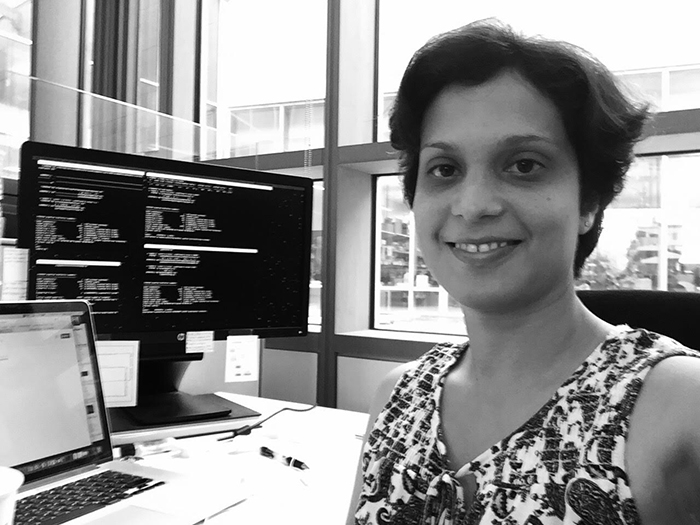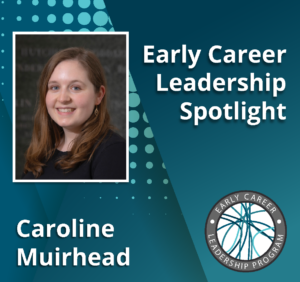 Sujal Phadke is a staff scientist and evolutionary biologist at the J. Craig Venter Institute who finds not-for-profit research a supportive environment for early career investigators.
Sujal Phadke is a staff scientist and evolutionary biologist at the J. Craig Venter Institute who finds not-for-profit research a supportive environment for early career investigators.
In the Decoding Life series, we talk to geneticists with diverse career paths, tracing the many directions possible after research training. This series is brought to you by the GSA Early Career Scientist Career Development Subcommittee.
Sujal Phadke completed her undergraduate studies in India before coming to the US and obtaining a PhD in ecology and evolutionary biology at the University of Houston. She completed two postdocs (one at Duke University and the other at the University of Michigan) before moving on to a career in non-profit research. As a staff scientist at the J. Craig Venter Institute (JCVI) in San Diego, she works with a diverse team of scientists studying microbial genetics and evolution.
Can you explain what the J. Craig Venter Institute (JCVI) is and what you do there?
My official title is Staff Scientist, which is similar to a Research Assistant Professor at universities. I joke that I’m like an old postdoc—but I can write grants as a PI and establish my own program independently. If I don’t have funding, I am supported by other faculty and help them in their research. As an early career investigator, I really appreciate the training I’m getting in grant writing, being a successful PI, and managing projects.
JCVI is a not-for-profit research institute. It is home to around 200 scientists and staff who work across evolutionary biology, genetics, bioinformatics, policy, and outreach. JCVI is a soft-money institute, which means it does not grant degrees, and there are no tenure-track positions. However, we do interact with students from local colleges and universities through internships and collaborative projects with our faculty. Some faculty members here are also adjunct at local universities.
Were there any essential preparations you took before reaching out about your position?
I had visited JCVI during an NIH-supported workshop on genome annotation. I found this job by checking their website. When you’re looking at jobs, it’s extremely important to extensively research the employer to get a feel for the environment, so I reached out via email to three individuals who had previously worked at the institute. I didn’t know them personally, but I decided I needed information, so I knew it was worth reaching out. Some of these were very prominent individuals who had shown through their social media presences that they really cared about early career investigators. They took time from their busy schedules to reply to my specific questions, and that information helped me imagine what it would be like if I took the position. I’m really glad I reached out because when I joined, my expectations were based on real people’s experiences and not just what I imagined a not-for-profit could be.
How does this position compare to your experience in academia?
Non-profit research institutes have their pluses and minuses. I work in a very flexible environment with great work-life balance, which is definitely a plus. People really enjoy their work but are not expected to be in the lab 24/7—although it’s not uncommon to see faculty working here on the weekends. We also interact with industry more, either through direct collaborations or outreach events. That’s something that I find different here; it’s a component of being in a not-for-profit research institute. I didn’t get to meet as many people who had experience with this interface when I was at universities. It’s cool to see that the distinction between academia and industry is not as prominent as I thought and that there’s a lot more interaction between these two ways of doing science.
As for the minuses, one common aspect is the larger overhead cost, which is the combination of all the administrative and facilities costs associated with an institute. Many independent research institutes have an overhead around 80-95%; for comparison, overhead at a large public university usually runs about 55-65% since they have larger and more diversified revenue streams, including student tuition, state grants, and philanthropy, which all contribute to covering costs. I learned early that while you have to write and apply for funding through grant opportunities, there are some restrictions at a not-for-profit regarding the type of funding that you can seek due to the constraints on the Institute budget and where certain granting agencies may not fund the full overhead rate of the institution.
Are you able to engage with the community in your role?

After a hike up the Torrey Pines State Beach, Sujal rests at her favorite spot to spend an evening overlooking the Pacific Ocean.
There’s a lot of interest in JCVI from the community. People want to know what we do here—and what scientists do in general. Since coming here, I have seen the many things scientists can also choose to do; whether it be outreach, teaching, or just research. Right now I love being a researcher but I also like participating in outreach, so I may explore that more in the future. We have a mobile lab platform that is literally a laboratory on a bus that we take to schools to show students. We have taken the bus to science fairs in San Diego, and we also visit school groups. Students from a bilingual school came onto our bus and brought their parents, too. Some of the parents didn’t speak English, so the kids would have to explain to them what we were talking about. That really made an impact on me. It made me want to learn to speak Spanish so that I can better connect with people from different walks of life and communicate about my science.
How has mentorship influenced your career?
My PhD advisor, Becky Zufall, showed me what a good mentor should be. She supported my interests by allowing me to be independent and have the freedom to determine where to take my research. The faculty members I worked with at JCVI, Orianna Bretschger and Richard Scheuermann, are both very aware of the struggles that early career scientists have right now, such as low funding and scarce independent job opportunities. They were great at helping me develop my own project, and collaborate outside their research areas so I could pursue all the things I’m interested in. I’m really thankful for having worked with these three people.
Are there any experiences outside of your scientific training that you felt have impacted your career trajectory?
Having the support of a network of scientists impacted me in big and small ways. My husband is also a scientist, and I have friends I’ve known since undergrad who are in academia now as faculty. Being able to talk with them about problems with experiments or grant writing and to share our experiences at every step has been helpful. I was also very fortunate to have a family who supported me and focused on higher education. Beyond social support, I find that hiking in nature gives me plenty of inspiration for my research, especially since my main focus is evolutionary biology.
About the author:
 Dina Beeler is a liaison on the Early Career Scientist Career Development Committee and a PhD candidate at the University of Illinois at Chicago. She is committed to helping other scientists realize and achieve their career goals.
Dina Beeler is a liaison on the Early Career Scientist Career Development Committee and a PhD candidate at the University of Illinois at Chicago. She is committed to helping other scientists realize and achieve their career goals.
Learn more about the GSA’s Early Career Scientist Leadership Program.














